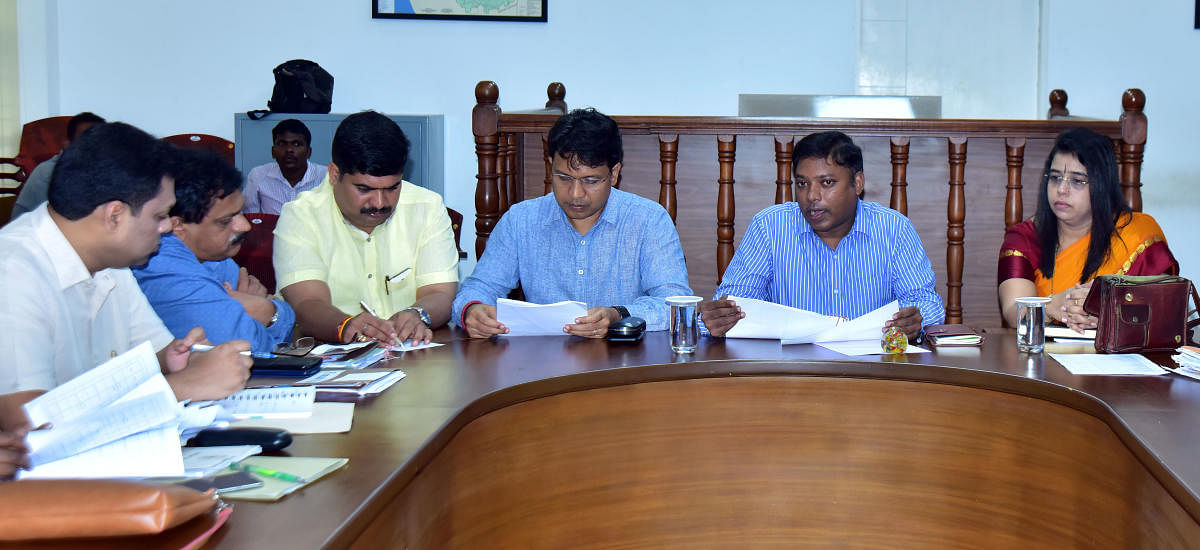
The district administration has set its sight on the destruction of breeding places of mosquito (larvae) at ward level in order to bring down the incidences of dengue in the city corporation limits.
“With public participation mosquito larvae breeding places should be destroyed at the ward level,” Dakshina Kannada Deputy Commissioner Sashiknath Senthil S stressed.
He has sought cooperation from Mangalore City South MLA Vedavyas Kamath and Mangalore City North MLA Dr Bharath Shetty in involving booth-level committees for source reduction at ward level.
“We had launched Dengue Drive Day from my house in order to motivate people to detect and destroy mosquito larvae. The drive planned on every Sunday will continue until November. The deadline to schools and colleges to destroy mosquito larvae breeding places ends on Thursday. Those schools and colleges found having larvae breeding places will be penalised,” he said.
Four-pronged strategy
Senthil, who briefed MLAs on the initiatives to tackle dengue outbreak, said they were attempting to bring down incidences of dengue cases through a four-pronged strategy. Based on the data on dengue cases, updated on daily basis, the city’s map had been divided into 140 grids (each grid covers over 300 houses). Since July 18 the teams meet everyday at 7 am and identified the grid based on the data, he added.
“A team led by district health officer carries out larvae survey and source reduction. A second team led by the MCC commissioner carries out fogging, desilting of stormwater drains and draining water from abandoned construction sites. The teams distribute handbills and attempt to create awareness about the mosquito larvae among the public,” he said and added that they had covered 58 grids so far.
The deputy commissioner informed that they were initiating ‘qualitative information’ from this week onwards.
Under this initiative, information like how the patient contracted dengue will be obtained and collated to understand the dynamics of how dengue spreads.DC was hopeful that through such a sustained scientific campaign they would bring down incidences of dengue cases by two weeks, he added.
Senthil also clarified that there was no scientific proof to blame Gujjarekere for Dengue outbreak.
“We has the waters tested and found the larvae of mosquitoes causing Filaria. Guppy fishes had been released into the Gujjarekere,” he stressed.
Expert on vector-borne diseases Dr B Srinivas Kakkilaya also favoured the need to revive the defunct Malaria cell.
M’luru needs Malaria Cell
“Mangaluru needs a Malaria Cell as it contributes nearly 70% of state’s Malaria,” he stressed.
Vedavyas Kamath urged officials not to be complacent and ensure that precious lives are saved with simple preventive steps.
The deputy commissioner admitted that none had paid any heed to the activist Suresh Shetty’s initial warnings of a possible Dengue outbreak in May.